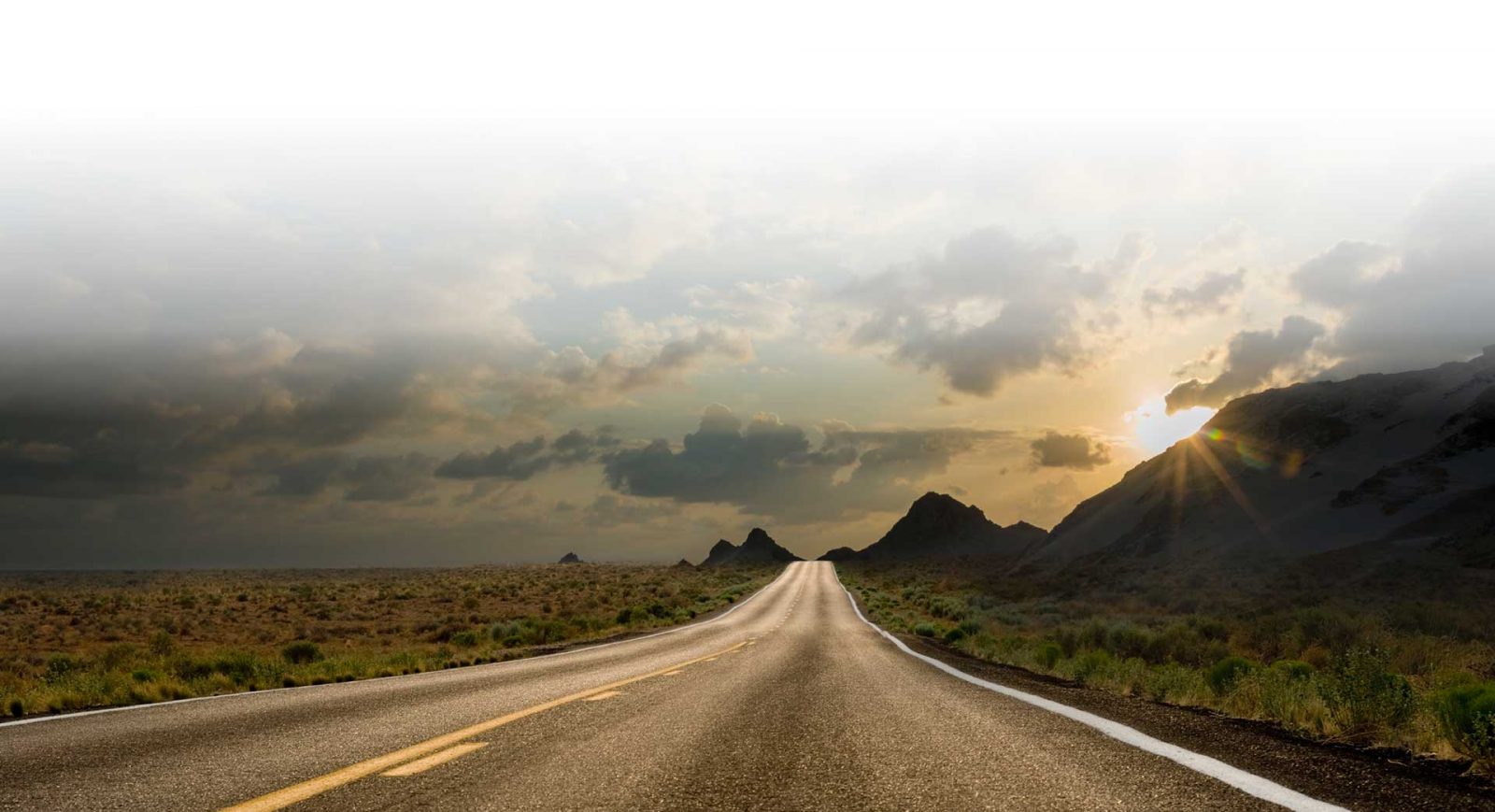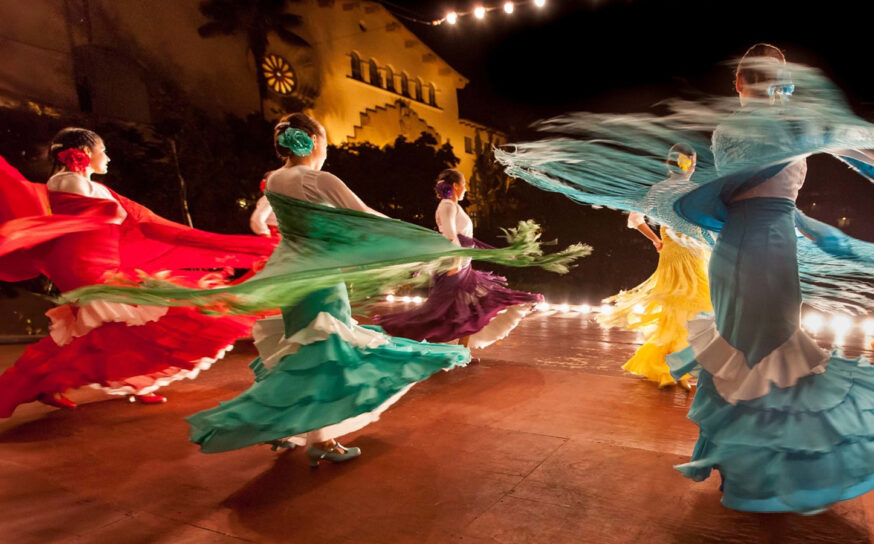Save the Redwoods League Transfers NorCal Forest Guardianship to Native Sinkyone
A step towards protecting wildlife and heritage.
-
CategoryExperiences, Hidden Gems, Life Outside, Outdoor Adventure, Sights + Stays
-
AboveTc’ih-Léh-Dûñ, 523 acres of forestland donated to the InterTribal Sinkyone Wilderness Council | Photo by Max Forster (@maxforsterphotography), Courtesy of Save the Redwoods League
For a second time, Save the Redwoods League and the InterTribal Sinkyone Wilderness Council have partnered to permanently protect coast redwood forestland within Sinkyone Tribal territory on the Lost Coast in Mendocino County. The League purchased the 523-acre property, formerly known as Andersonia West, in July 2020. To ensure lasting protection and ongoing stewardship, the League has donated and transferred ownership of the forest to the Sinkyone Council, and the Council has granted the League a conservation easement.
Through this partnership, the Sinkyone Council resumes guardianship of a land from which Sinkyone people were forcibly removed by European American settlers generations ago. As an act of cultural empowerment and a celebration of Indigenous resilience, this forest will again be known as Tc’ih-Léh-Dûñ, pronounced tsih-ih-LEY-duhn and meaning “Fish Run Place” in the Sinkyone language.
“Renaming the property Tc’ih-Léh-Dûñ lets people know that it’s a sacred place; it’s a place for our Native people,” said Crista Ray, who is of Eastern Pomo, Sinkyone, Cahto, Wailaki and other ancestries. Ray is a tribal citizen of the Scotts Valley Band of Pomo Indians and a board member of the Sinkyone Council. “It lets them know that there was a language and that there was a people who lived there long before now.”
“Today I stand on the shoulders of giants, my ancestors … to bring them honor, and to not let our old ways be forgotten, for our next generation, my children, my grandchildren and all the kids that I’ll never get to see,” said Buffie Schmidt, who is of Northern Pomo and other ancestries. Schmidt is a tribal citizen and vice chairperson of the Sherwood Valley Rancheria of Pomo Indians and board treasurer of the Sinkyone Council. “Our ancestors are still here, they’re still around us. As I listen to the wind, I feel like my ancestors—who I’ve never even known in my lifetime—are here and happy that we call this place something that they’re familiar with: Tc’ih-Léh-Dûñ.”

“The Sinkyone Council today represents the Indigenous Peoples who are the original stewards of this land. Their connection to the redwood forest is longstanding, and it is deep,” said Sam Hodder, president and CEO of Save the Redwoods League. “The League is honored to support a return of Native people to this place and to partner with the Sinkyone Council in their management and stewardship of Tc’ih-Léh-Dûñ. We believe the best way to permanently protect and heal this land is through tribal stewardship. In this process, we have an opportunity to restore balance in the ecosystem and in the communities connected to it, while also accelerating the pace and scale of conserving California’s iconic redwood forests.”
Tc’ih-Léh-Dûñ is the League‘s second land donation to the Sinkyone Council. The first, in 2012, was the 164-acre Four Corners property, north of Tc’ih-Léh-Dûñ. The Council also granted the League a conservation easement on Four Corners. The Four Corners project was the first League project in which Save the Redwoods entered into a conservation agreement with a tribal entity.
Tc’ih-Léh-Dûñ is a coastal conifer forest with 200 acres of old-growth coast redwoods and 1.5 miles of Anderson Creek, a Class I fish-bearing stream and tributary to the South Fork Eel River. Second-growth redwoods, Douglas-firs, tanoaks and madrones also tower over a lush understory of huckleberries, elderberries, manzanitas and ceanothuses. This habitat corridor supports coho salmon, steelhead trout, marbled murrelet and northern spotted owl — all listed under the Endangered Species Act.

Both organizations are committed to protecting redwood forests, their surrounding lands and the fish and wildlife that live there. Their partnership ensures lasting protection for Tc’ih-Léh-Dûñ, tribal stewardship of the forest, and the prevention of habitat loss, commercial timber operations, construction and development. The Council and League plan to apply a blend of Indigenous place-based land guardianship principles, conservation science, climate adaptation and fire resiliency concepts and approaches to help ensure lasting protection and long-term healing for Tc’ih-Léh-Dûñ and its diverse flora and fauna.
As a Tribal Protected Area, Tc’ih-Léh-Dûñ is a vital addition to 180,000 acres of adjacent conserved lands along the Sinkyone coast. It is east of the 7,250-acre Sinkyone Wilderness State Park and located north of the 3,845-acre InterTribal Sinkyone Wilderness, which was acquired by the Sinkyone Council in 1997.The Sinkyone Council’s goal for Tc’ih-Léh-Dûñ is to help expand the matrix of neighboring protected lands that are ecologically and culturally linked, “so that tribes can achieve larger landscape-level and regional-level protections informed by cultural values and understandings of these places,” said Hawk Rosales, an Indigenous land defender who is of Ndéh (Apache) ancestry and former executive director of the InterTribal Sinkyone Wilderness Council. “In this way, Indigenous Peoples will support and participate in the healing of these lands and their communities.”
August Arrives! What’s Happing This Month in California
Festivals, fiestas and summer fun.
Steve Job’s Daughter Describes Her Upbringing in 1980s California
Lisa Brennan-Jobs’ new book offers insight into the conflicted relationship with the visionary tech icon.
From Tesla to Teacher, Bernard Lee Is a Champion of Smart California Design
A founding member of the Tesla Design Studio reflects on our state’s car culture, technological advances, and Korean BBQ.
Get the Latest Stories







